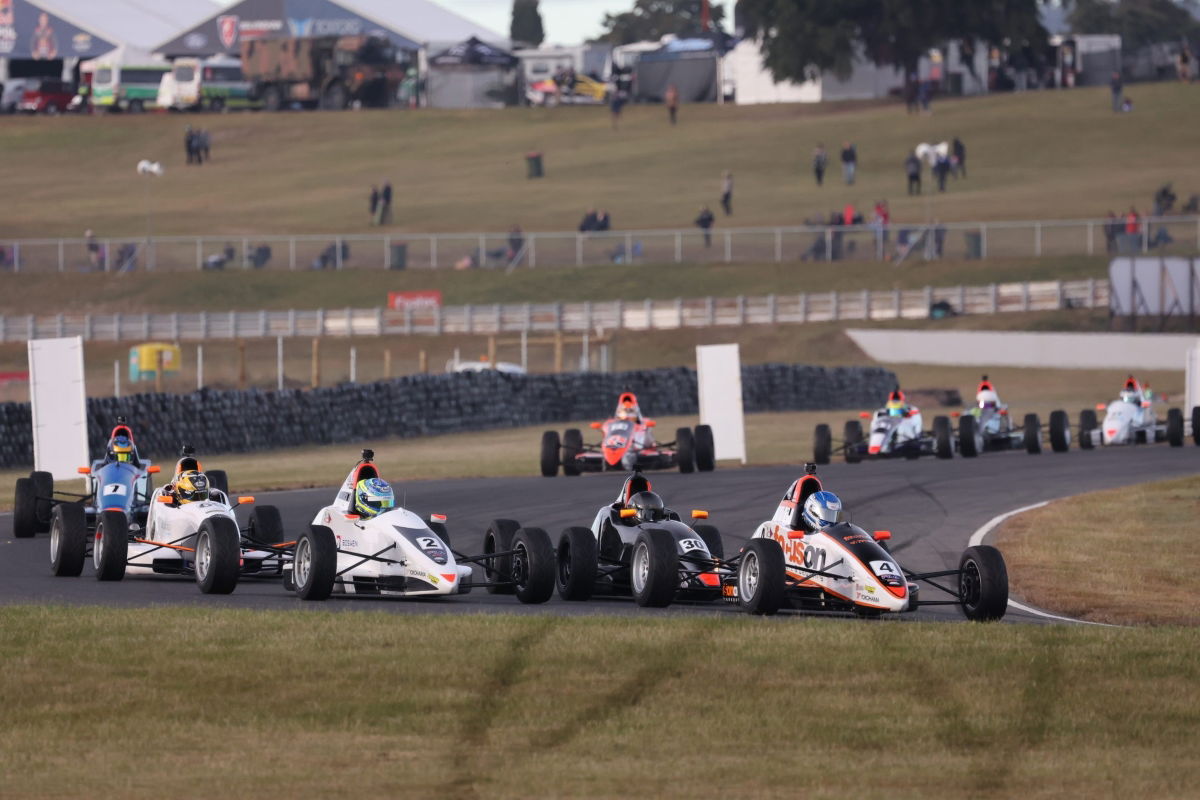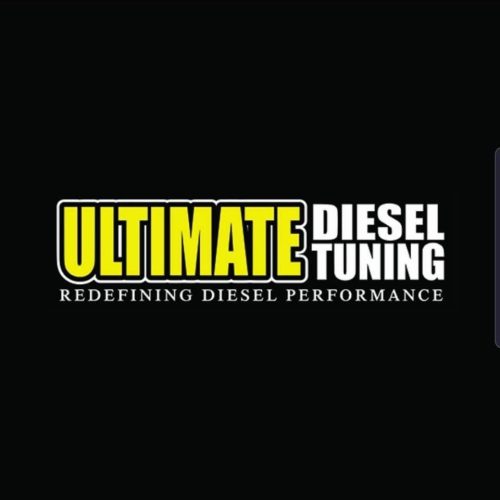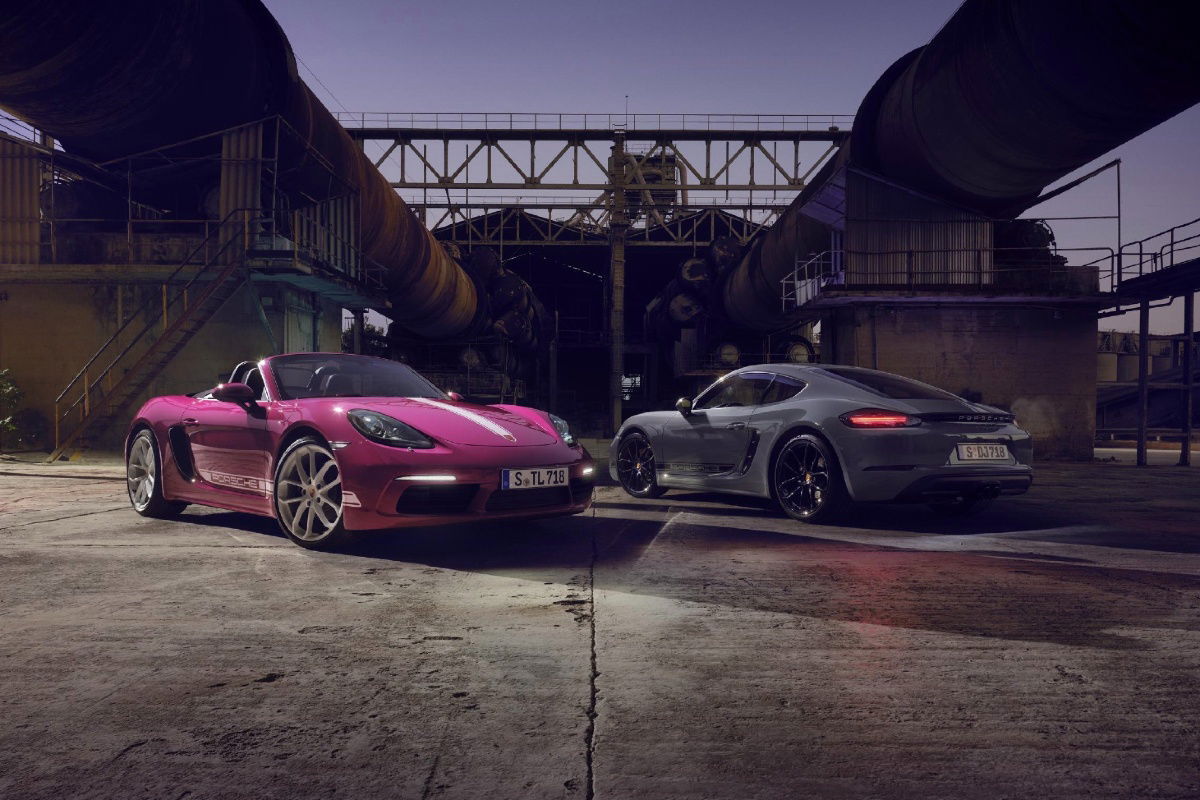

A working group has been put together to go through the process and is headed by Motorsport Australia Director of Motorsport & Commercial Operations Michael Smith. The group includes stake holders Jamie Augustine, Andrew Jones, Ryan McLeod, Mike Borland and Jeromy Moore.
They are working on the creation of a car for the future, a modern and safe update to the current machinery while retaining the philosophy of the category as a low grip, low aero class that has endeared it for so long.
The cars will still have a tubular chassis, but will feature several new safety components, including the halo, front and rear crash structures, side impact crash structure, an extractable seat, driver headrest, sidepods and wheel tethers. Whether a H-pattern style of gearchange is retained is still to be decided.
Both the current cars, the older Kent-engined and the next generation Duratec powered models will remain eligible and compete alongside the new cars until at least 2028 in a three-tied class structure. When the new cars will debut in the Formula Ford National Championship they won’t be eligible for competing in MA State Championships until a date to be confirmed.
Currently no Formula Ford series has cars with halos or a carbon fibre chassis. The development of the halo will be for tube chassis cars which Pace Engineering are in the process of developing and producing.
“This new generation of Formula Ford car will be developed and built by a number of motorsport manufacturers around Australia,” Smith said.
“It will give certainty to the market as well as help the next generation of racers consider their careers and development opportunities in the years ahead.”
The prospect of the new cars has been endorsed by Australian Motor Racing Commission (AMRC) Chair Ryan Story AM. “Both Will (Davison) and Anton (DePasquale) are Formula Ford Champions, and it’s fantastic to be able to give back with a Supercar test day for the reigning champion.”
Formula Ford Australia’s Phil Marrinon is also fully supportive. “The Formula Ford Association welcomes this initiative and is proud to be a part of ensuring Formula Ford continues to be the main development pathway for circuit racing in Australia.”
“Our local constructors will be some of the first in the world to build tube frame chassis with these advanced safety features.”
The new car is estimated to cost between $110,000 and $130,000 only slightly more expensive than the cost of a current car.



















Discussion about this post